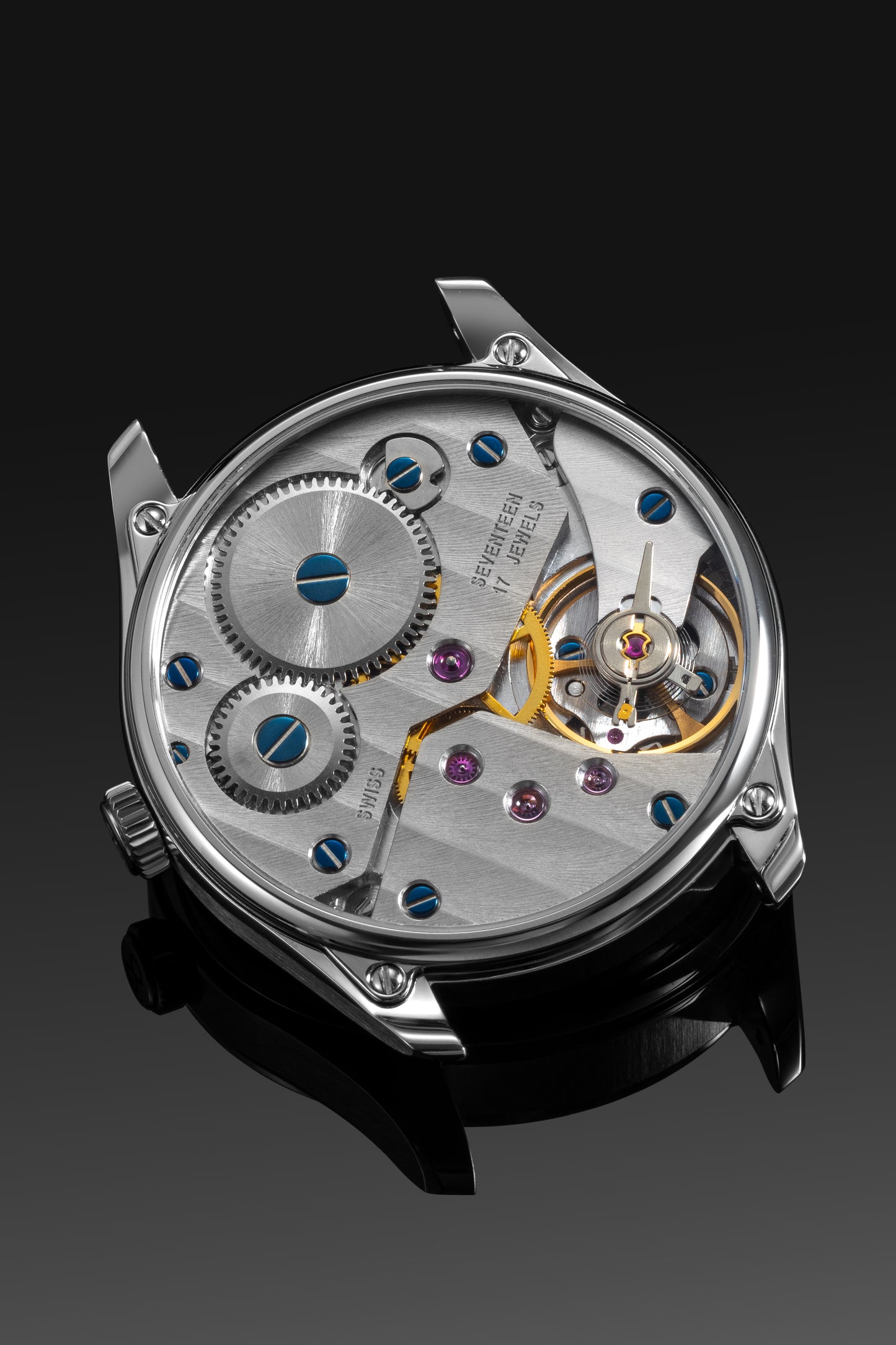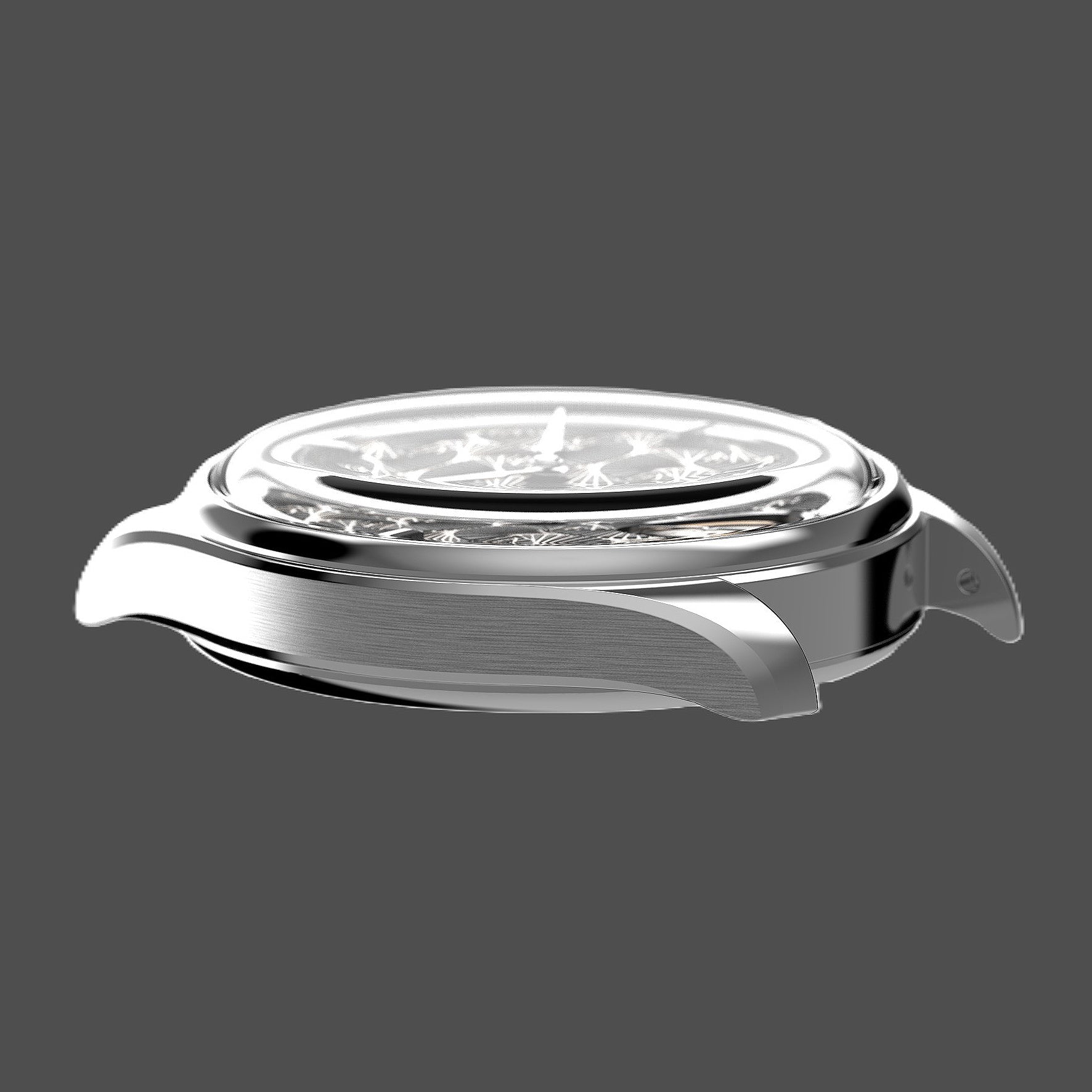Vietnamese Lacquer Tree
Natural lacquer is the purified sap of the lacquer tree. The scientific name of the tree used in Vietnam is Rhus Succedanea (ToxicodendronSuccedanea). It is native to Vietnam, China, Korea, Japan. The sap of this tree contains a resin, which when exposed to moisture and air, polymerizes and becomes a very hard, durable, plastic-like substance. Lacquer is, in fact, a natural plastic. In Vietnam, there are lacquer tree plantations in Phu Tho, Hoa Binh, Lao Cai, Tuyen Quang where the sap is still collected. Once planted lacquer can be collected for about 10 to 15 years.

















